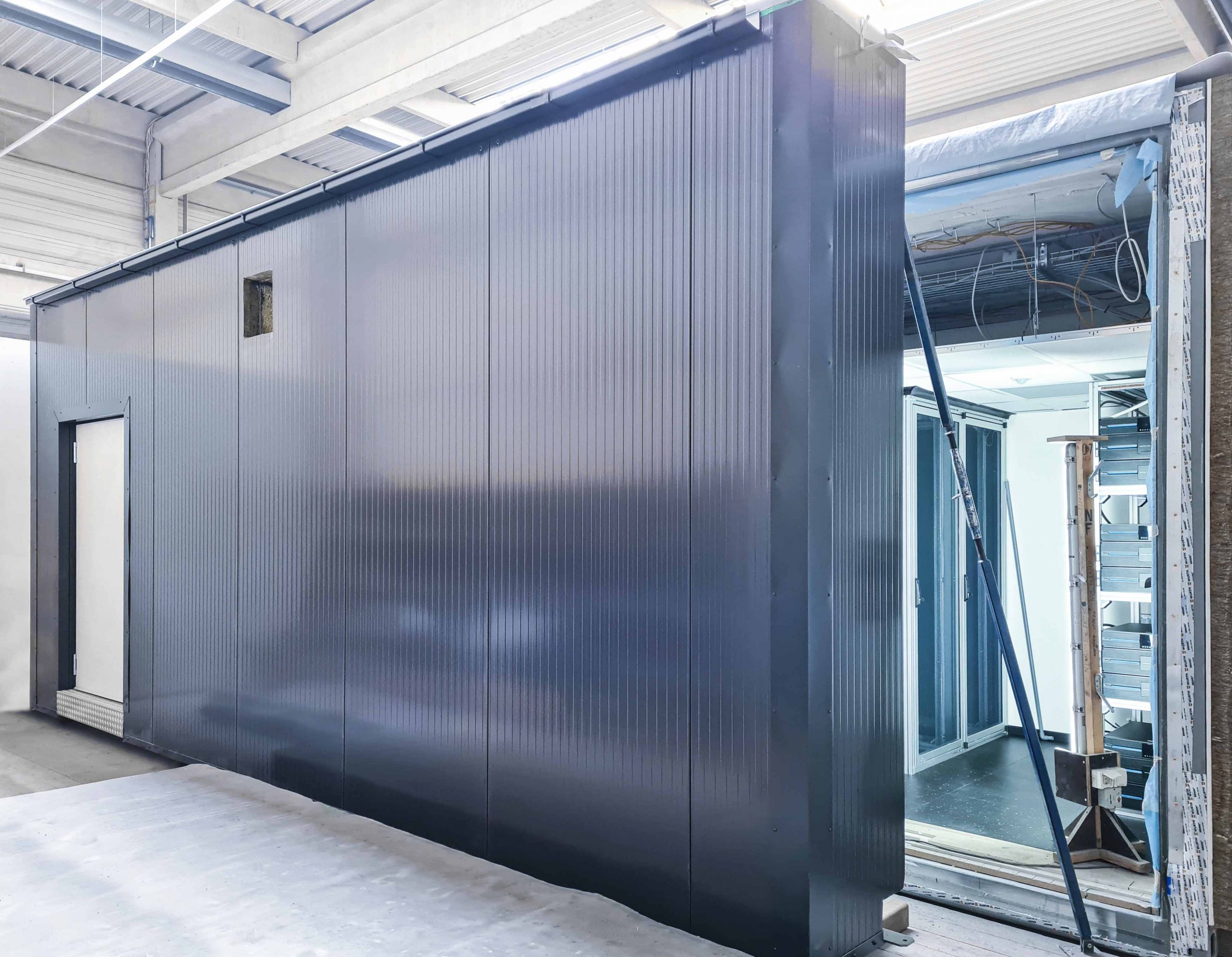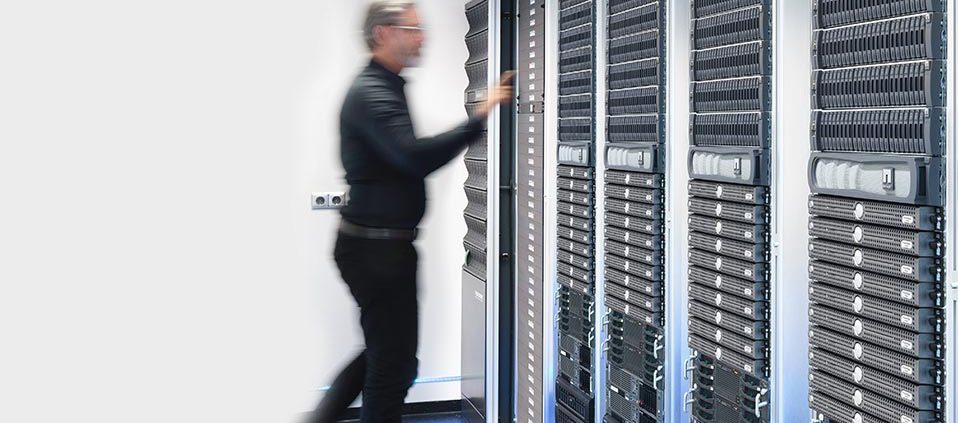Micro data centres are frequently used by small and medium-sized enterprises (SMEs) for special applications such as IoT, edge computing and local data storage. They offer a cost-effective solution for fast and low latency data processing. Moreover, they also facilitate compliance with data protection regulations by offering the chance to store local data.

Advantages of micro data centres for small and medium-sized enterprises (SMEs)
What is a micro data centre?
A micro data centre is just a smaller version of a conventional data centre. Often it is simply housed in one or more modules, in a single rack or an enclosure. Due to its modular design it provides a scalable solution for data processing, data storage and network connectivity. It is ideal for edge computing, IoT applications and local data storage thanks to its small size and flexibility.

Especially for IoT or edge computing applications, small and medium-sized enterprises should consider using compact, decentralised data centres. They enable fast data processing with significantly lower latency. Special system modules like these increase responsiveness and competitiveness in a dynamic market, are cost effective, easy to implement and scalable.
How much computing power does an SME need?
The computing power that an SME needs in its own data centre depends heavily on the company’s specific requirements and applications. An SME that only uses simple office applications and email services requires very little computing power. While an SME that performs complex data analyses, machine learning or video/image processing needs significantly more power.
That said, there are general guidelines that can serve as a starting point. An SME could start with a simple configuration that includes several servers, storage arrays and network parts. For instance, it is possible that just a few teraFLOPS (trillions of floating-point operations per second) of computing power are sufficient.
When planning a data centre, it is always good to remember that future requirements will increase. SMEs will also grow over time due to their business success and eventually need more computing power. Compact data centres are modular in design and can be easily extended. In this case, a scalable approach is clearly more suitable than building a larger data centre from the outset. The scalability makes it possible to add additional computing capacity as and when required, which can be installed very easily and in a short space of time.
To create a comprehensive solution that is both powerful and cost effective, it is also important to consider various factors, including data security, backup strategies and energy efficiency.
The level of computing power you ultimately need depends on your individual situation. The experts at Cadolto will be happy to assist and help you find the ideal solution. You also have the option to rent our systems for your self-sustained operation, eliminating the need for an outright purchase.
Also read
Caution: That is why you should operate your own data centre
When small or medium-sized enterprises rent (partial) capacities of a large data centre from external providers, they can easily lose control over their data and applications. This increases the likelihood of the infringement of data protection rules and makes it more difficult to comply with industry-specific regulations. This may result in legal and financial repercussions. Edge computing is also not possible with this approach. We therefore advise you to operate and be in charge of your own computing capacities.

